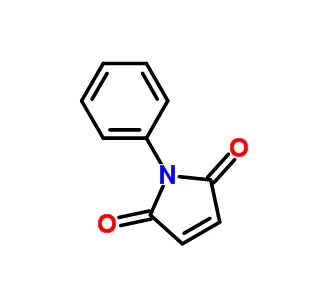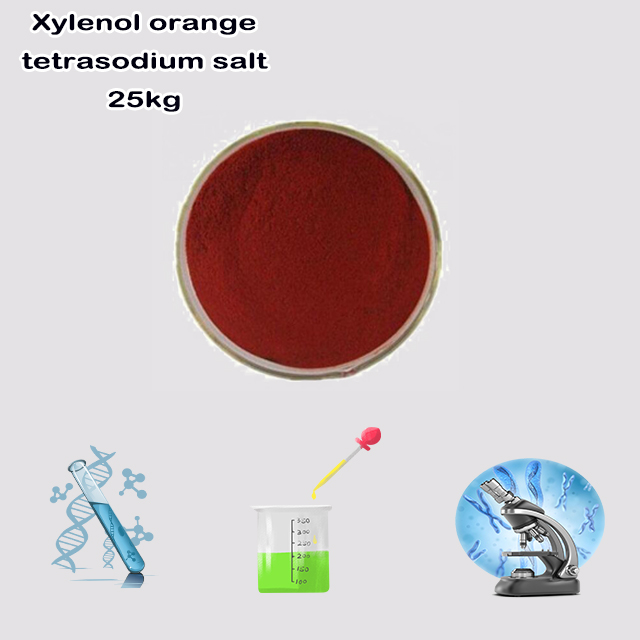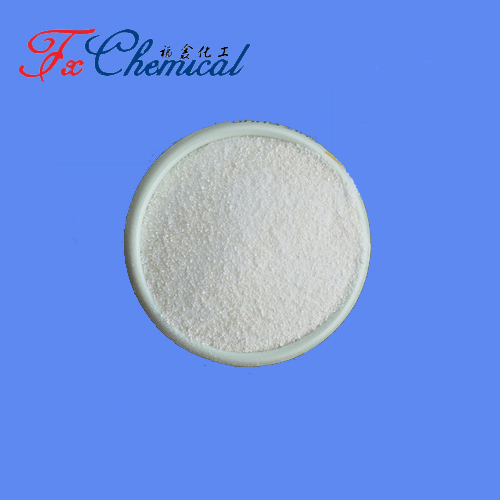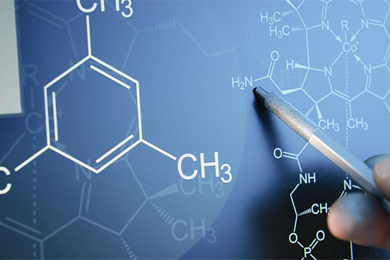
Search

Search




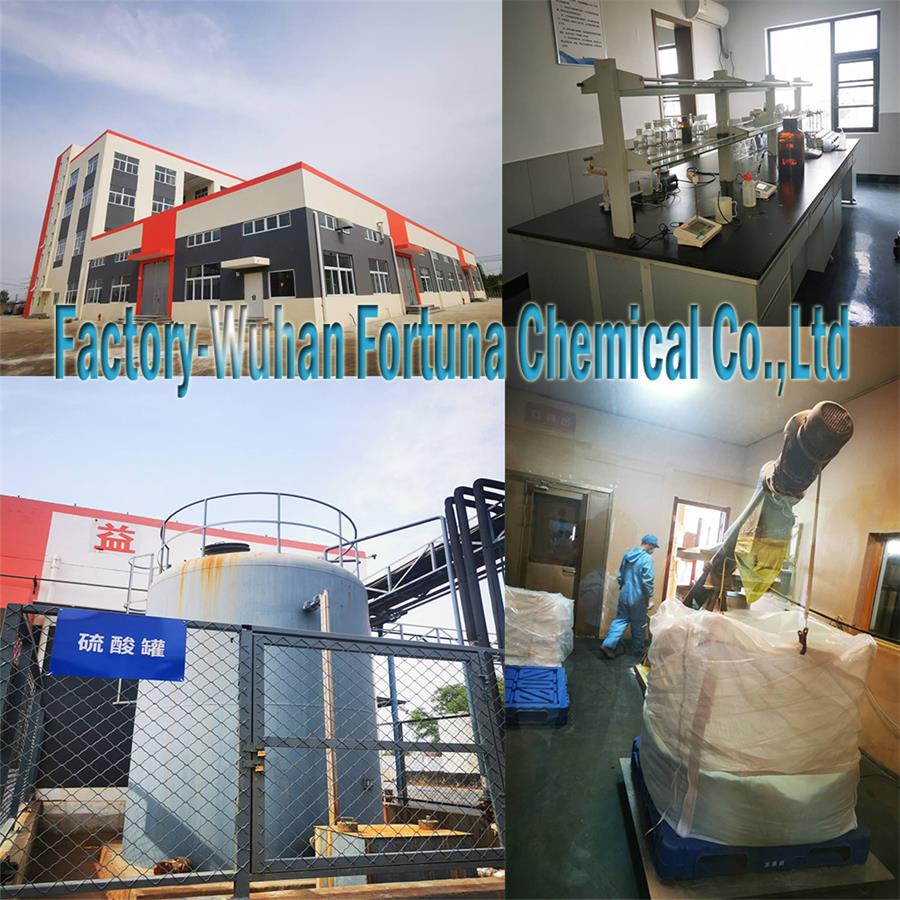






Methyl 3-amino-2-thiophenecarboxylate is an organic compound featuring a thiophene ring—a five-membered ring containing sulfur. It is specifically substituted with an amino group (-NH₂) at the 3-position and a methyl ester (-COOCH₃) at the 2-position.
This compound is primarily valued in organic chemistry as a versatile building block or synthon for synthesizing more complex molecules. Its key structural features make it a crucial precursor in the pharmaceutical industry for creating various drug candidates and heterocyclic compounds. It is particularly important in the synthesis of molecules with potential biological activity. Additionally, it finds use in materials science for developing novel organic materials, including conducting polymers and dyes, leveraging the electronic properties of the thiophene core.
Basic Chemical and Physical Properties
| Attribute | Details |
|---|---|
| Chemical Identification | Its CAS number is 22288 - 78 - 4, and common alternative names include 3-amino-2-thiophene carboxylic acid methyl ester and 3-aminothiophen-2-carboxylic acid methyl ester. Its PubChem substance ID is 87562531. |
| Molecular Basics | The molecular formula is C₆H₇NO₂S, and the molecular weight is 157.19. |
| Physical Characteristics | It is a white to gray to brown powder or crystal at room temperature. Its melting point ranges from 64.0 to 68.0°C, and its boiling point is 102°C under 0.1 mmHg. It is recommended to store it in a cool and dark place below 15°C, preferably under an inert gas, as it is sensitive to air. |
| Safety Traits | It is harmful if swallowed, can cause skin irritation and serious eye irritation. When using it, one must avoid eating, drinking, or smoking; wear protective gloves and eye protection; and wash the skin thoroughly after handling. Waste and containers should be disposed of through approved waste treatment facilities. |
Synthesis Methods
Traditional Synthetic Route: A common method involves adding sodium methoxide solution, methanol, and methyl mercaptoacetate into a reaction kettle. Then, a methanol solution of dichloropropenenitrile is added dropwise. After stirring, heat preservation, and distilling off methanol, water is added for cooling to obtain crystals, which are then filtered to get the finished product.
Phase - Transfer Catalysis - Assisted Method: It can also be synthesized via the Thorpe cyclization reaction with the help of phase - transfer catalysis. Under different solid - liquid phase - transfer conditions, it is prepared from 3 - hydroxy - 2 - aryl acrylonitriles and thioglycolates. This method optimizes the reaction conditions compared with the traditional heating method with hydrochloric acid and sodium alkoxide.
Main Applications
Pharmaceutical Intermediates: It is a key intermediate for many drugs. For example, it is involved in the synthesis of the drug tenoxicam. Moreover, it can be used to prepare a series of pharmacologically active substances, including antihypertensives, antitumor drugs, anti - HIV - 1 integrase drugs, hepatitis C virus inhibitors, and antithrombotic drugs.
Pesticide Intermediates: It is an important raw material for synthesizing sulfonylurea herbicides such as thifensulfuron - methyl, thiazopyr, and metsulfuron - methyl. These herbicides are widely used in agricultural production for weed control.
Material Synthesis Precursors: Due to the excellent photophysical properties of thiophene - containing compounds, this substance can also be used as a starting material to synthesize various functional materials with luminescent, redox, and nonlinear optical discoloration properties, which are applied in the field of electronic transmission materials.
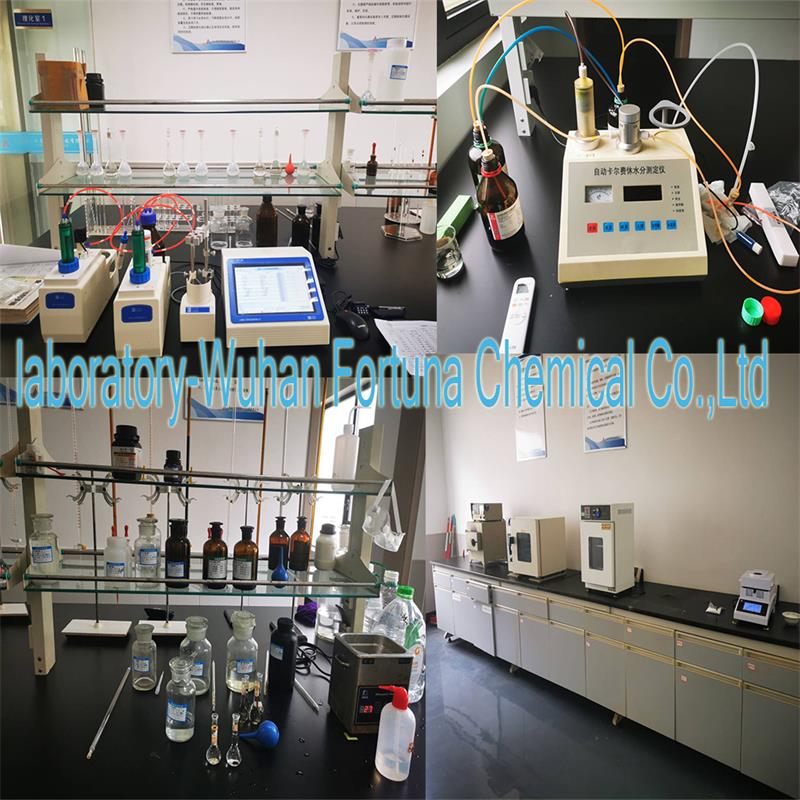

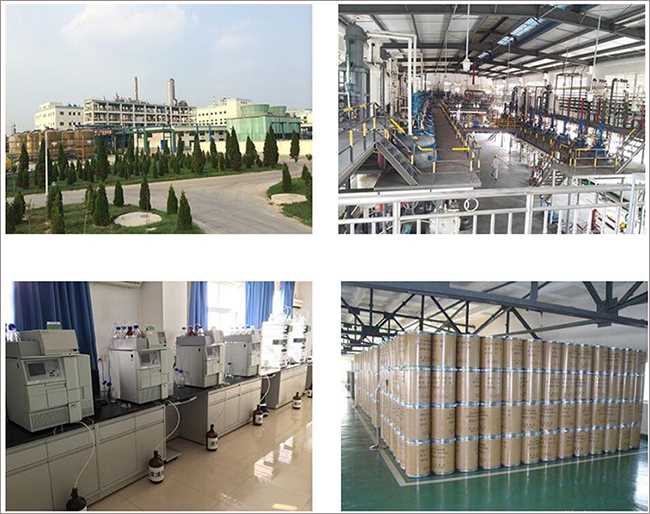

Fortunachem Provides Not Only Professional Chemical Products But Also Professional Help
Keeping you up-to-date with all the latest information, news, and events about Fortunachem!

Quick Links
Add:
E-mail:
 English
English  Español
Español  français
français  العربية
العربية 